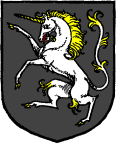
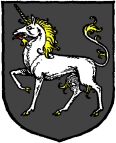
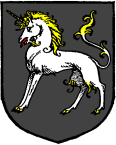
'Like as the lyon, whose imperial powre
A proud rebellious unicorn defyes,
T'avoide the rash assault and wrathful stowre
Of his fiers foe, him to a tree applies.
And when him running in full course he spyes
He slips aside; the whiles that furious beast
His precious home, sought of his enimyes,
Strikes in the stroke, ne thence can be released,
But to the victor yields a bounteous feast.'

 'been much questioned among naturalists which it is that is properly called the unicorn; and some have made doubt whether there be such a beast or no. But the great esteem of his horn in many places to be seen may take away that needless scruple.'
'been much questioned among naturalists which it is that is properly called the unicorn; and some have made doubt whether there be such a beast or no. But the great esteem of his horn in many places to be seen may take away that needless scruple.' |
 |
 |
| FIG. 414.--Unicorn rampant. | FIG. 415.--Unicorn passant. | FIG. 416.--Unicorn statant. |
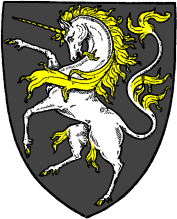 |
| FIG. 417.--Unicorn rampant. |
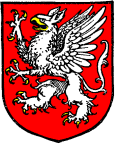 |
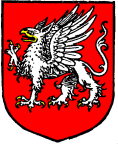 |
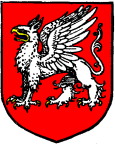 |
| FIG. 418.--Gryphon segreant. | FIG. 419.--Gryphon passant. | FIG. 420.--Gryphon statant. |
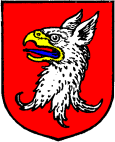 |
| FIG. 421.--Gryphon's head erased. |
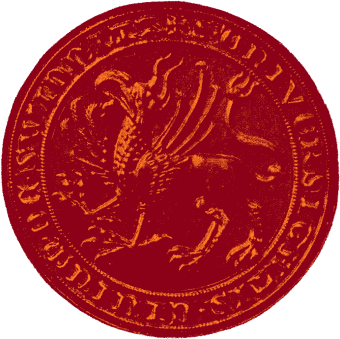 |
| FIG. 422.--Seal of the Town of Schweidnitz. |
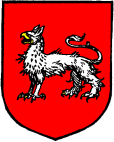 |
| FIG. 423.--Male gryphon. |

 i. 69). "Azure, a (winged) sea-griffin per fesse gules
and argent crowned or," is the coat of the Barons von Puttkammer. One or two other Pomeranian families have the like charge without wings.
i. 69). "Azure, a (winged) sea-griffin per fesse gules
and argent crowned or," is the coat of the Barons von Puttkammer. One or two other Pomeranian families have the like charge without wings.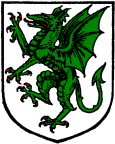 |
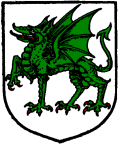 |
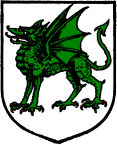 |
| FIG. 424.--Dragon rampant. | FIG. 425.--Dragon passant. | FIG. 426.--Dragon statant. |
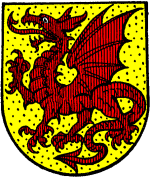 |
| FIG. 427.--A German dragon. |
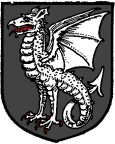 |
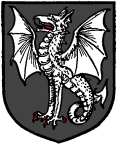 |
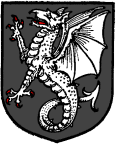 |
| FIG. 428.--Wyvern. | FIG. 429.--Wyvern with wings displayed. | FIG. 430.--Wyvern erect. |
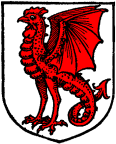 |
| FIG. 431.--Cockatrice. |
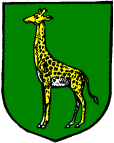 |
| FIG. 432.--Camelopard. |
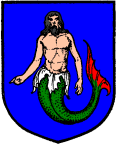 |
| FIG. 433.--Merman. |
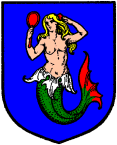 |
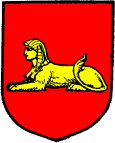 |
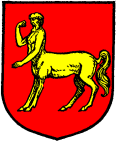 |
| FIG. 434.--Mermaid. | FIG. 435.--Sphinx. | FIG. 436.--Centaur. |
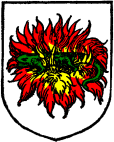 |
| FIG. 437.--Salamander. |
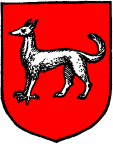 |
| FIG. 438.--Enfield. |
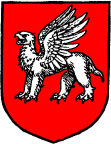 |
| FIG. 439.--Opinicus. |